

Living in a concrete jungle with buildings towering overhead doesn't leave much room for any greenery. The lack of green only further emphasizes the dull grays of brick and cement. Owning a little garden in your home with flowers and grass becomes your only escape from the monochromatic city life. But maintaining that patch of paradise on your front lawn isn't always a walk in the park. There's a lot of work to be done before achieving that magazine cover-ready front lawn look.
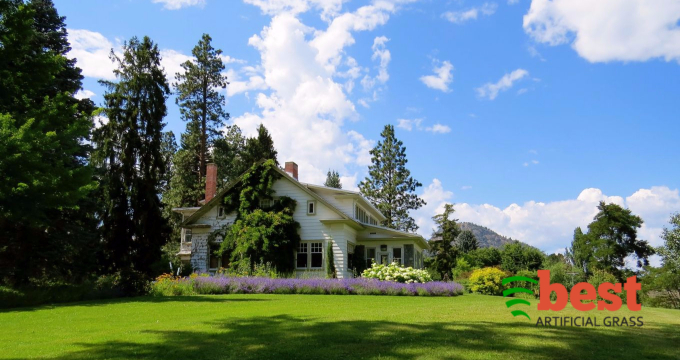
Slowing down global warming is top on everyone's agenda. El Nino which causes unusually hot weather and drought brings with it catastrophic effects. El Nino is a climate cycle in the Pacific Ocean which affects the world. As citizens of Mother Earth, we must do our share in slowing down global warming. Water conservation is 1 step that everyone can take an active part in.

While it is true that Artificial Turf, or artificial grass is virtually maintenance-free, understand that this is because that by virtue of it being synthetic, the grass will never grow. And if the grass will never grow, you will never have to mow or cut them. You will never have to water or fertilize them. Never! Ever! In the past year or so, Artificial Turf in San Diego has made more and more people in San Diego give up their lawn mowers. They are now enjoying their pristine garden 24/7.
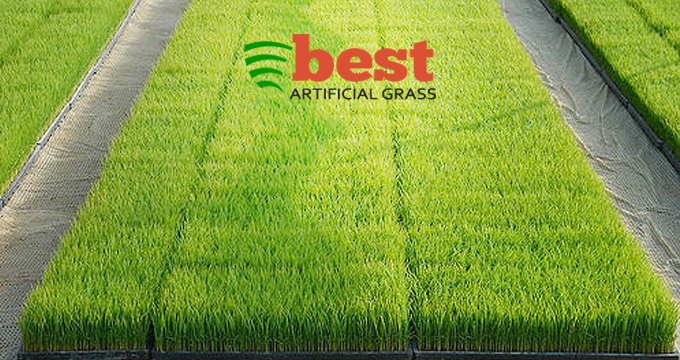
The water "crisis" in California has been a favorite subject for the past years. The population growth, drought caused by El Nino, and "historical over-drafting of the water resources" has resulted in the basic problem of demand for water exceeding supply. California, particularly San Diego is essentially a desert. Summer months have been extended and the rains are a few and far between.

Slowing down global warming is top on everyone's agenda. El Nino which causes unusually hot weather and drought brings with it catastrophic effects. El Nino is a climate cycle in the Pacific Ocean which affects the world. As citizens of Mother Earth, we must do our share in slowing down global warming. Water conservation is 1 step that everyone can take an active part in.

At this point in the world's history there is much ado about global warming. Flooding in places where this was not experienced before have been recorded. And on the other hand, prolonged seasons without enough rain has resulted in huge losses to the agricultural sector. Many of us have experienced first-hand the wrath of Mother Nature. Most of these changes in the ecosystem are said to be man-made. And because the future belongs to our children, we need to do our part in saving our world.
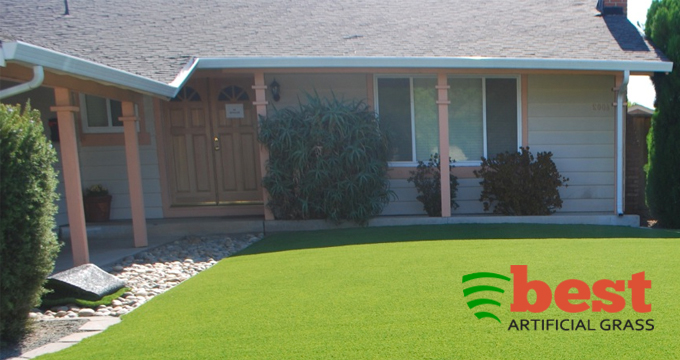
If you haven't been to Phoenix before, you'd be surprised at how green its neighborhoods are. People from outside Phoenix think that the hot and dry climate of Phoenix is the kind of climate that could only grow native cacti, there's a surprisingly diverse plant ecosystem in Phoenix that residents enjoy. Phoenix has a subtropical desert climate. There's only a select number of plant species that can grow in the hot and sunny Phoenix climate, and that includes - you guessed it - cactus.
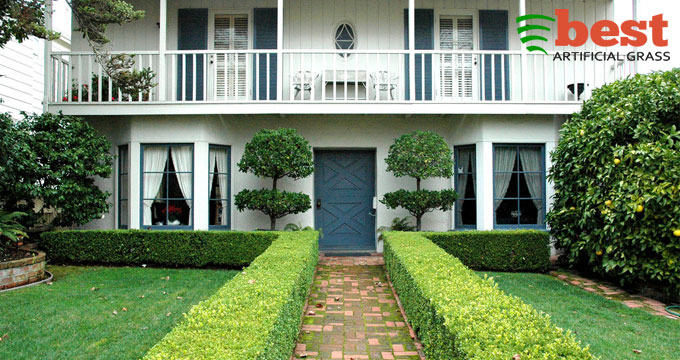
Maintaining healthy, green grass is a major struggle for homeowners everywhere. The cost to maintain green grass has shot up exponentially since 2011, when drought in many areas started, and still continues up to the present time. The resources used to maintain lawns have also been limited due to the drought - so much that the local government in many areas have implemented guidelines on how to conserve water for irrigation purposes.

Every generation from the baby boomers to the millennials are all too familiar with how much Americans love their grass. From the typical suburban residence to outdoor sports fields, grass is present. Since the 1960s, grass-filled front lawns have been the symbol of an American home. No other country in the world uses up as much land for grass as Americans do, and it's a culture that sees no signs of slowing down.
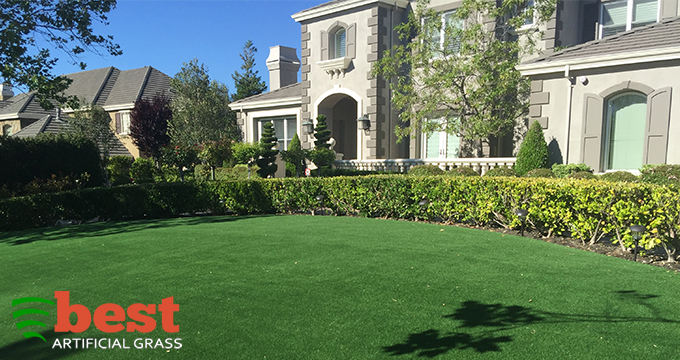
Contractors and landscape architects had their hands full for the last 5 years, as growth in the domestic housing and property markets have led to greater demand for landscaping services. The annual growth of the landscaping market for the last 5 years had been a steady 3.9% with a revenue of $78bn.